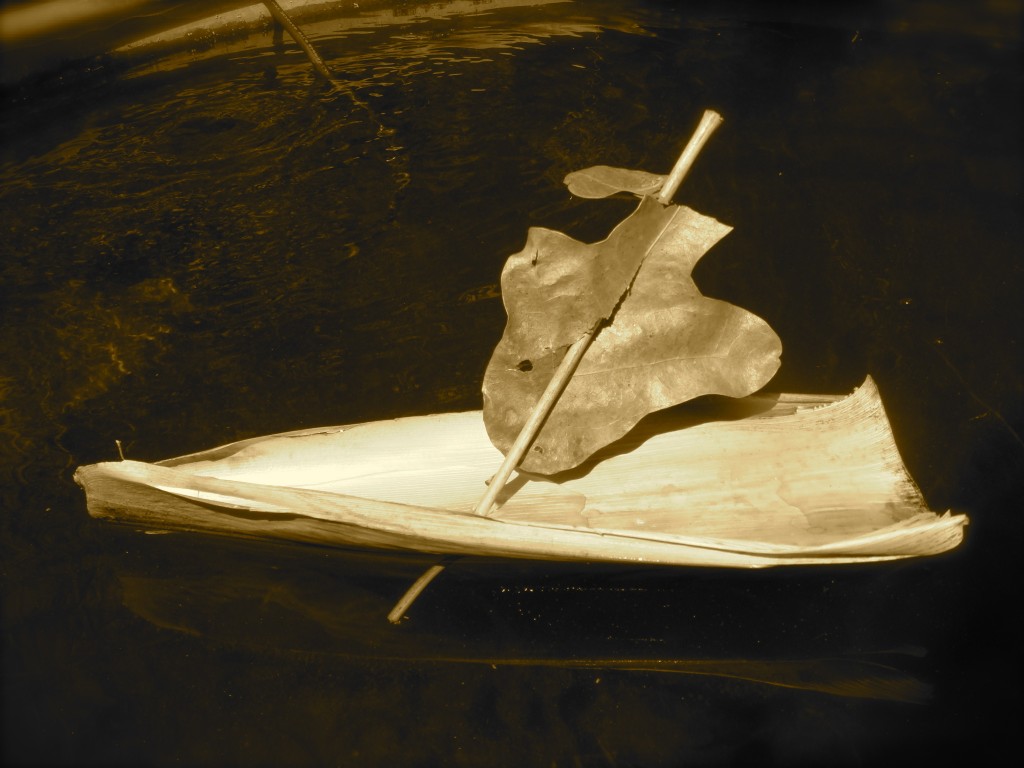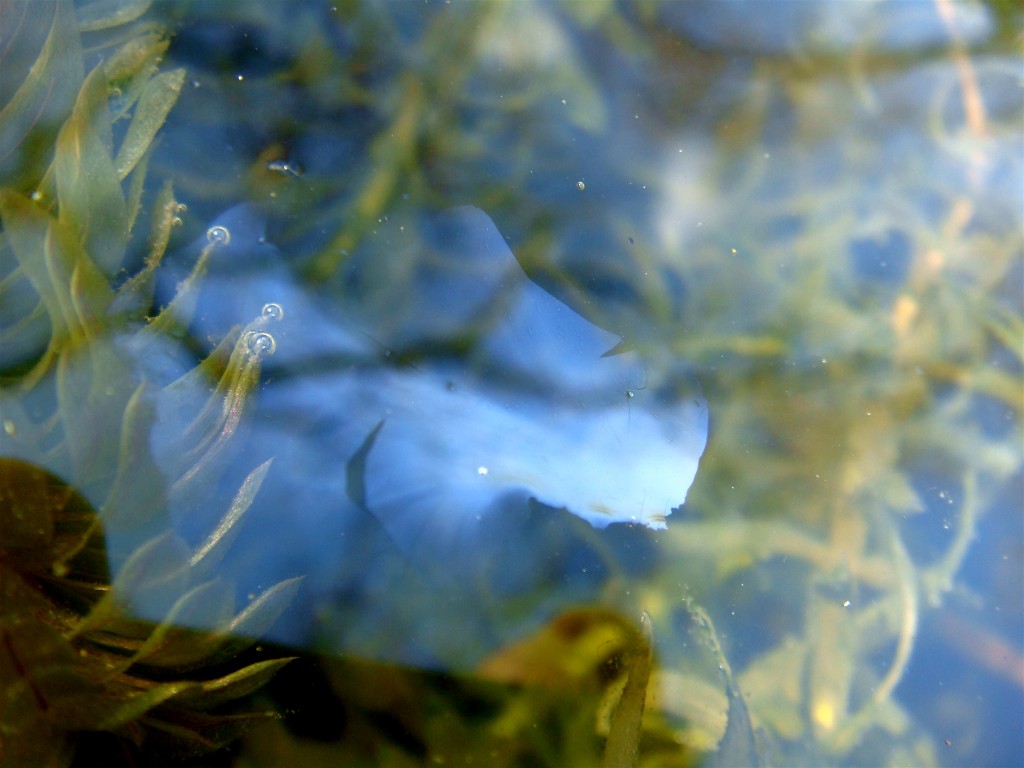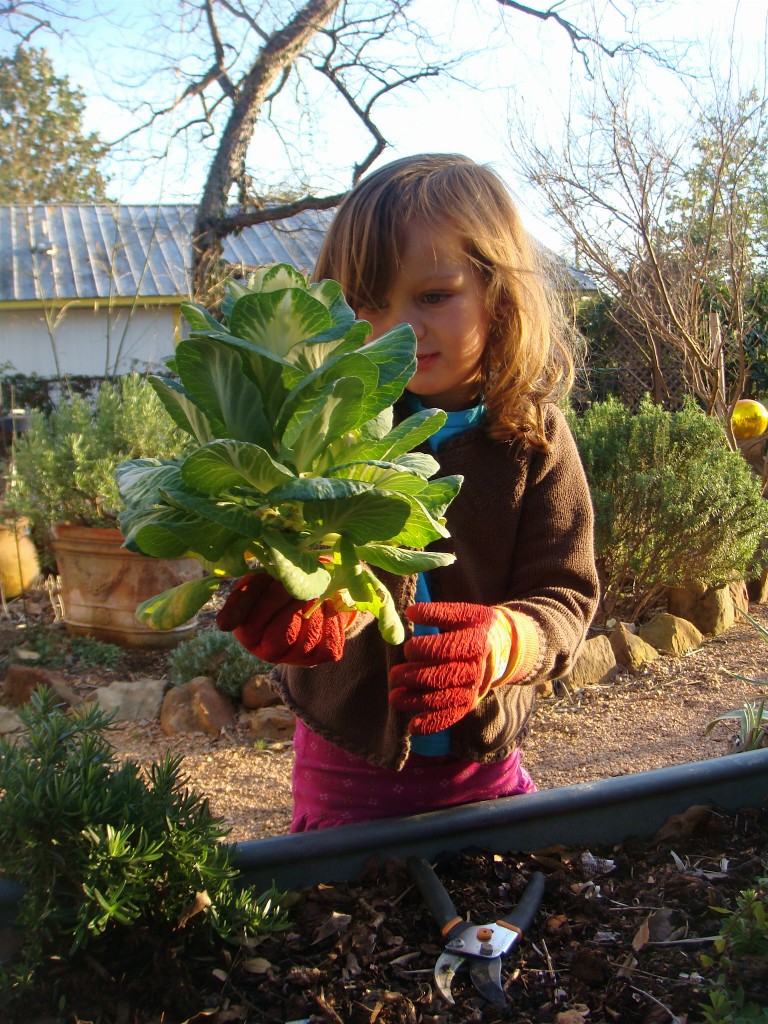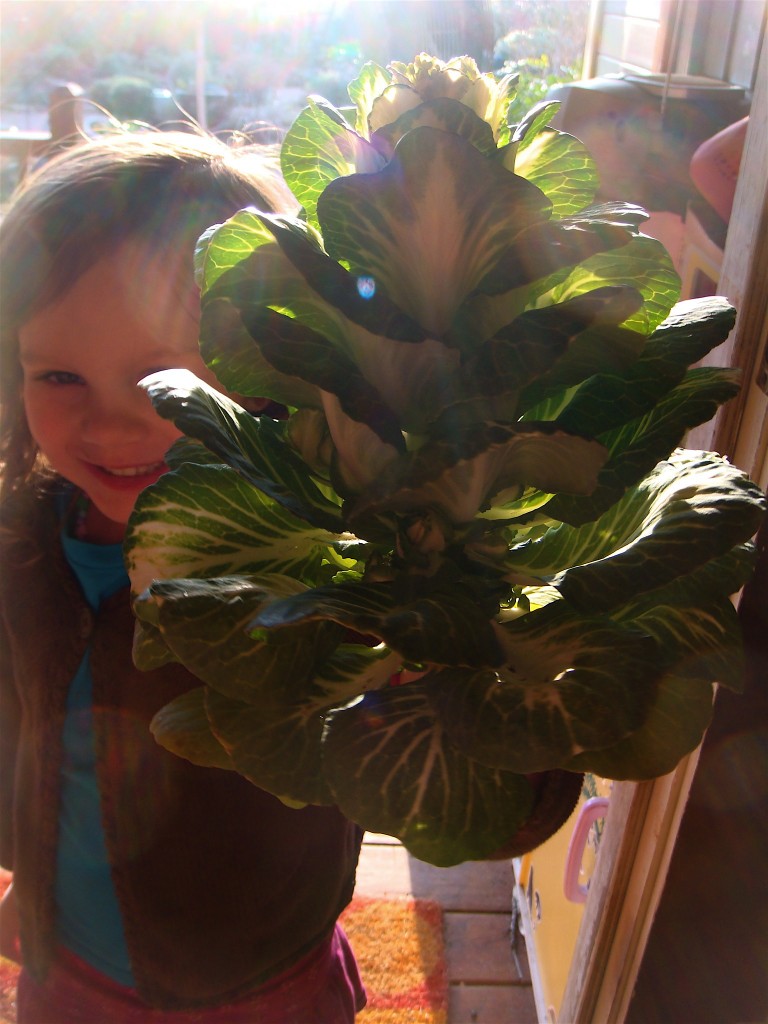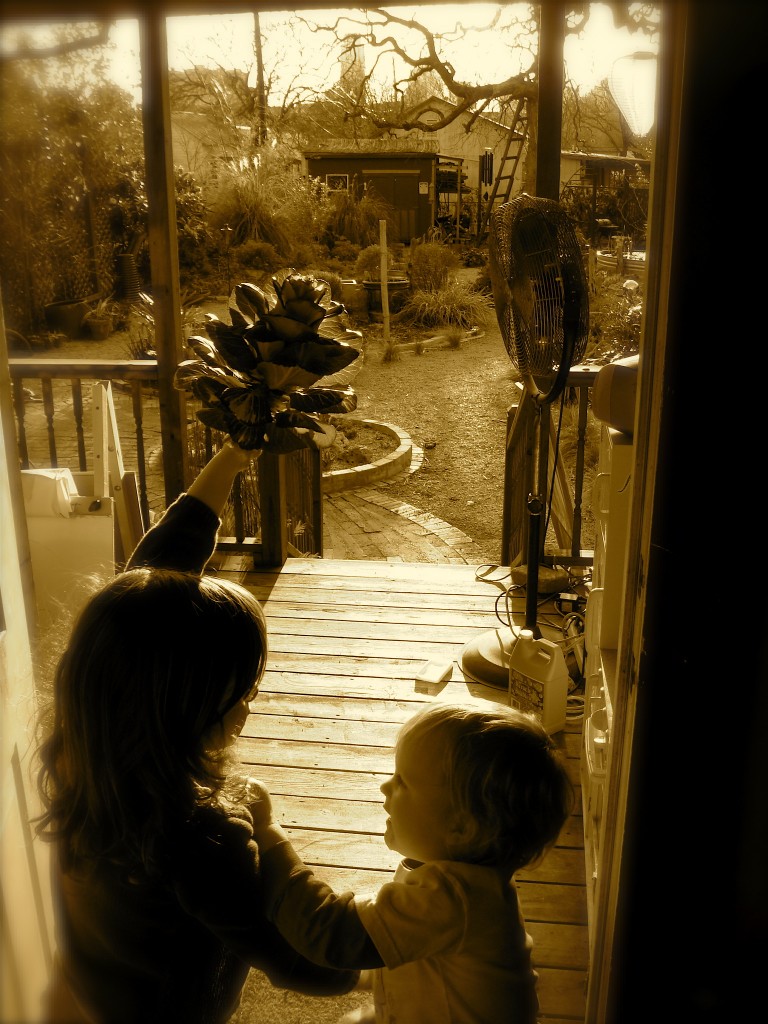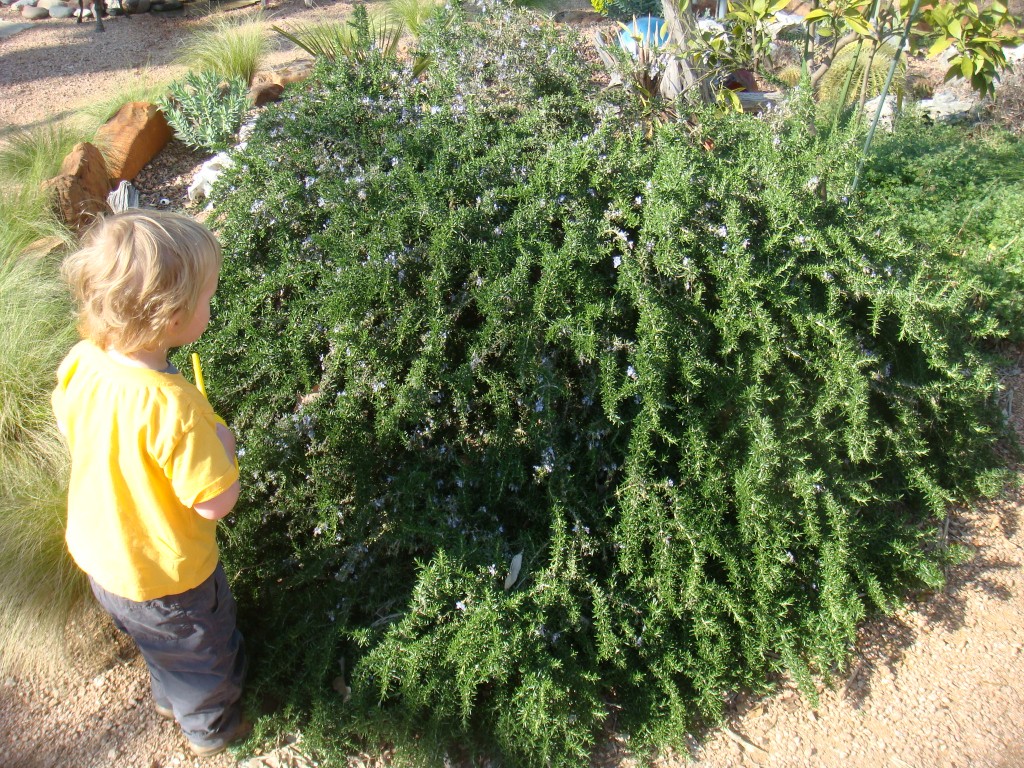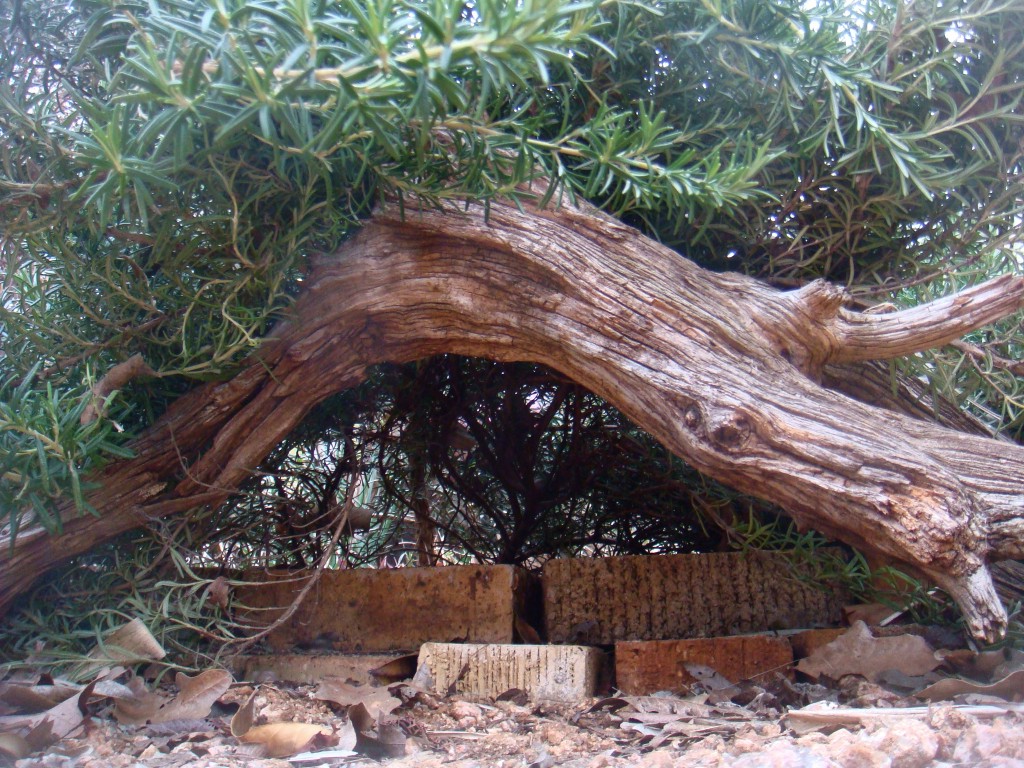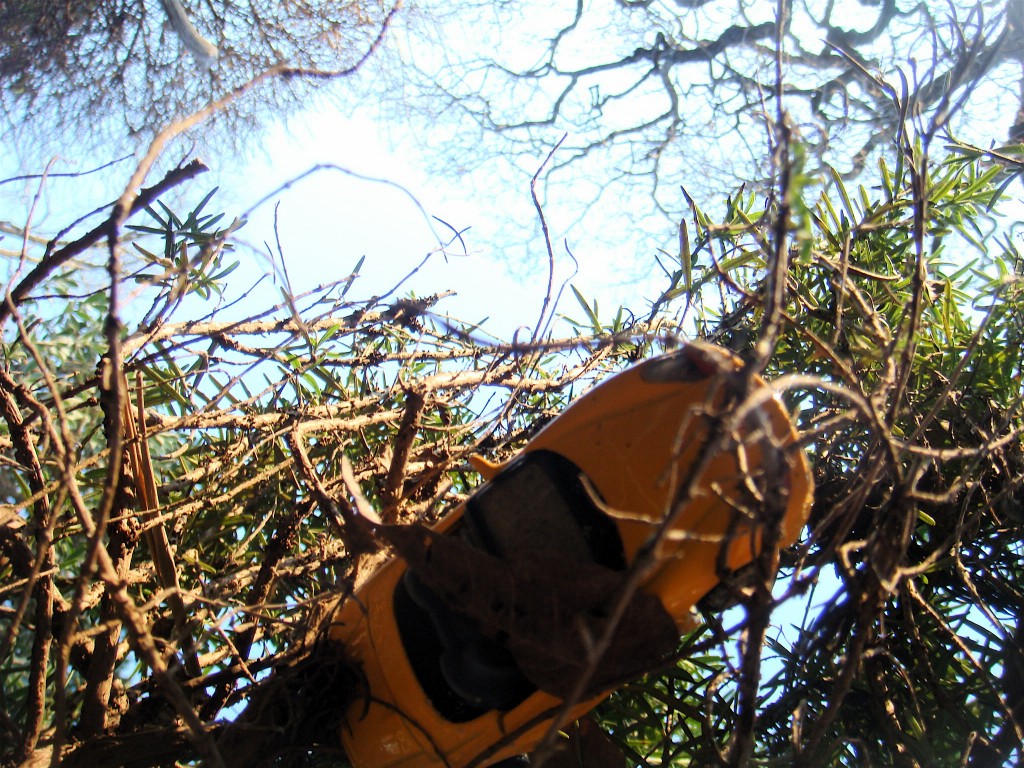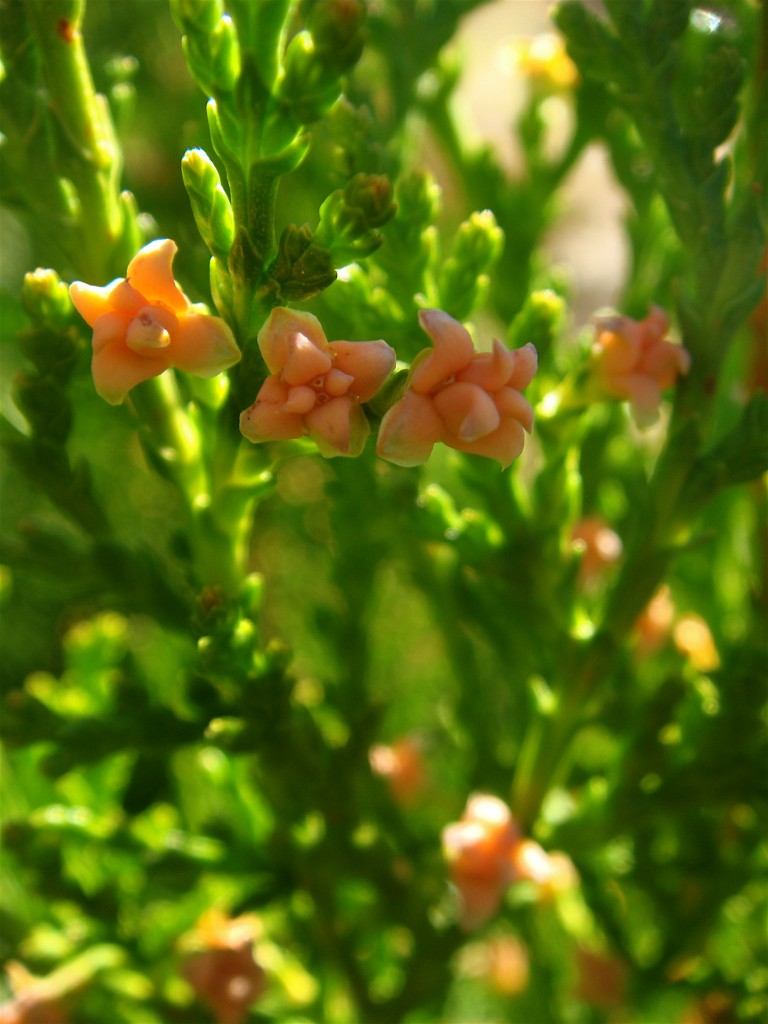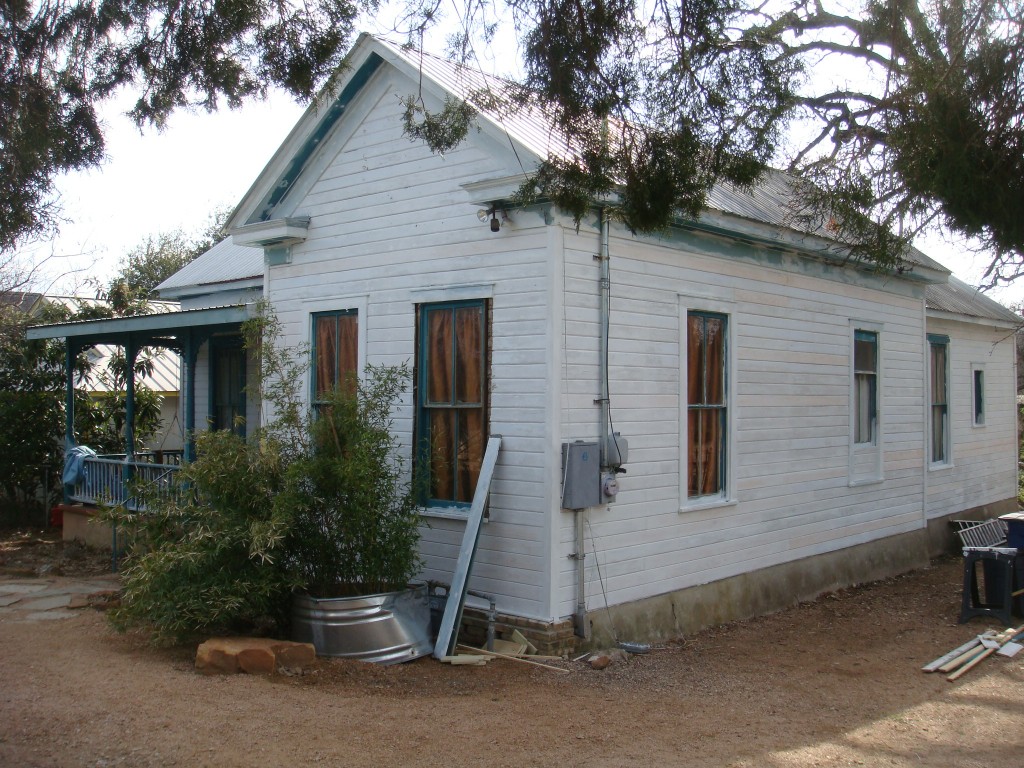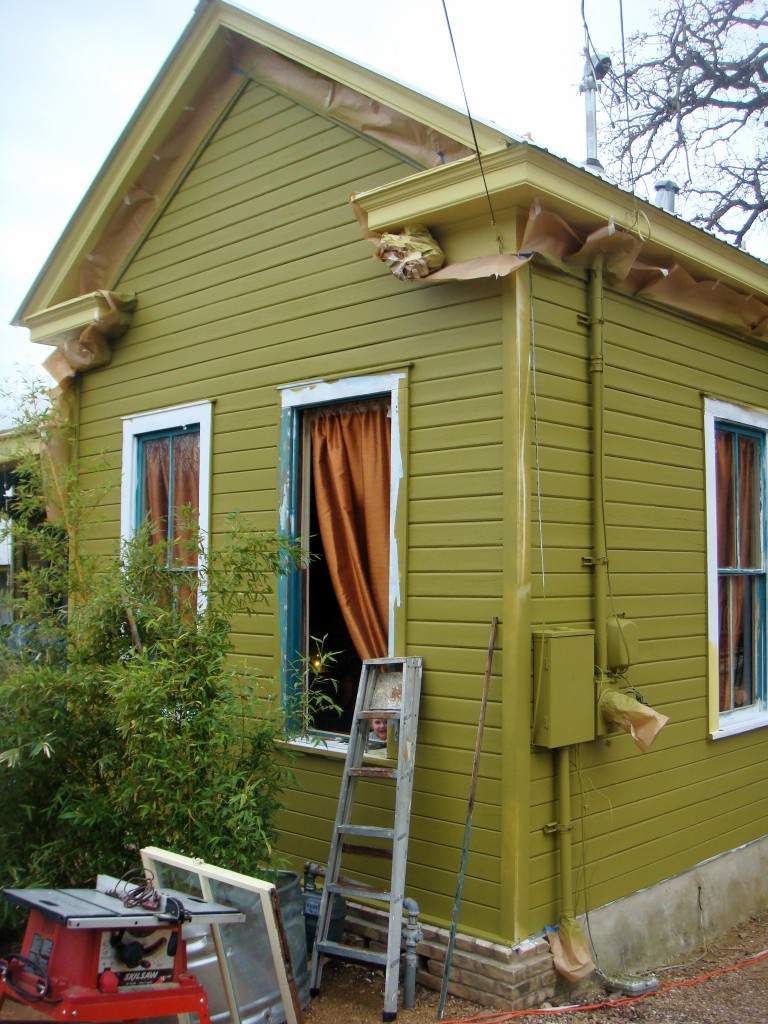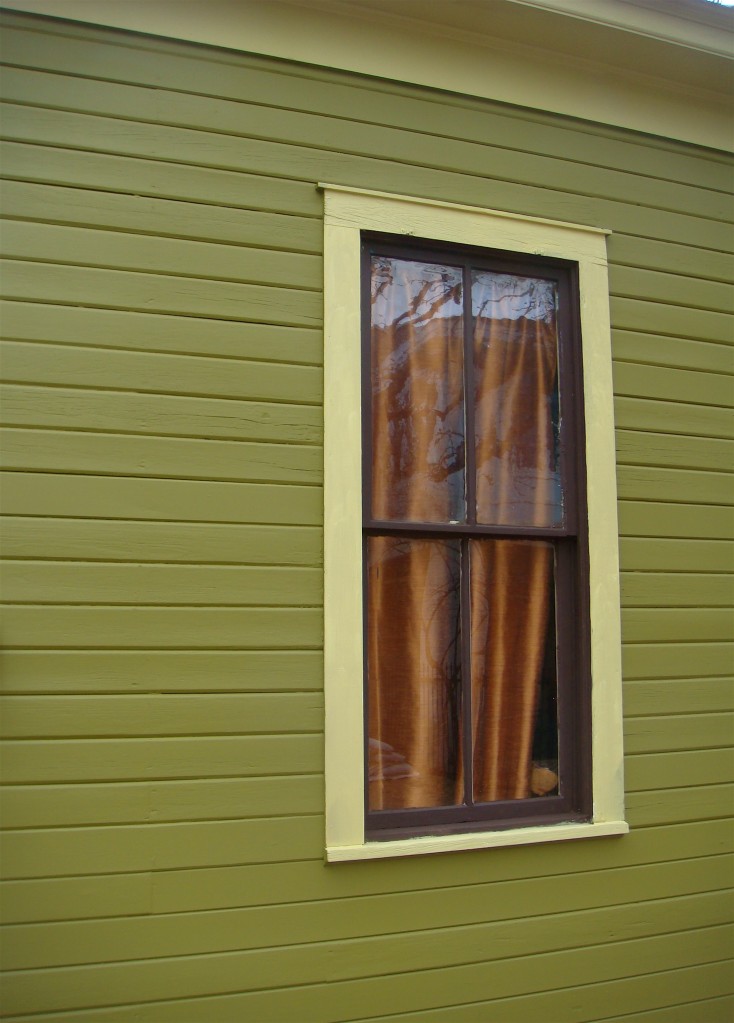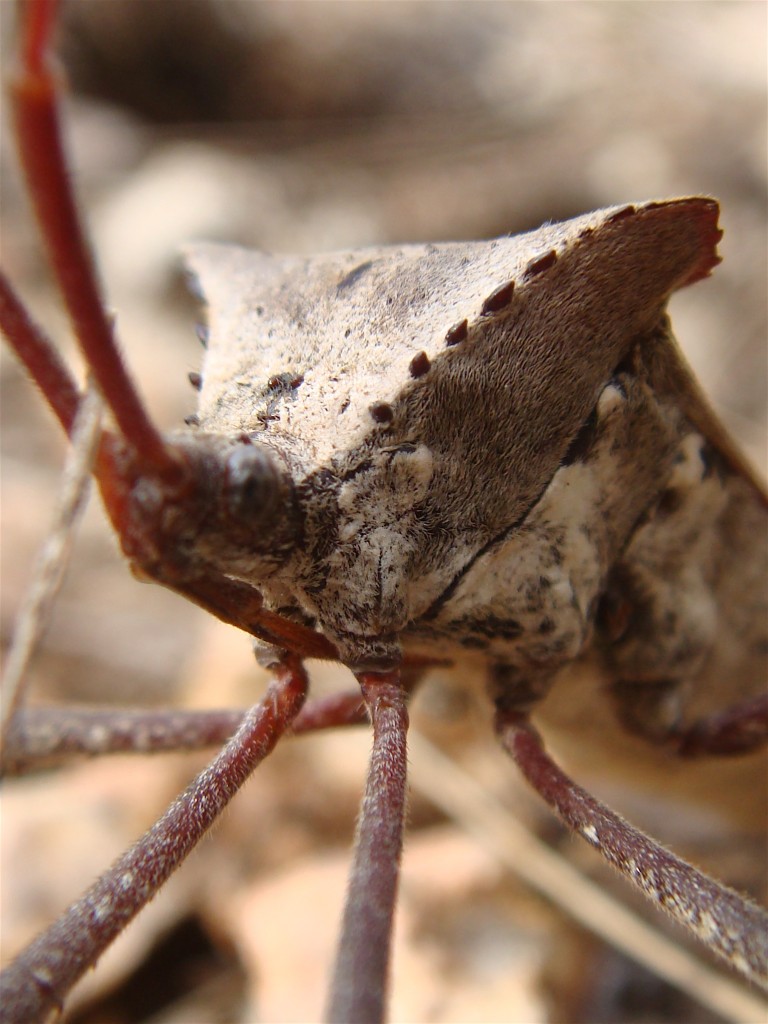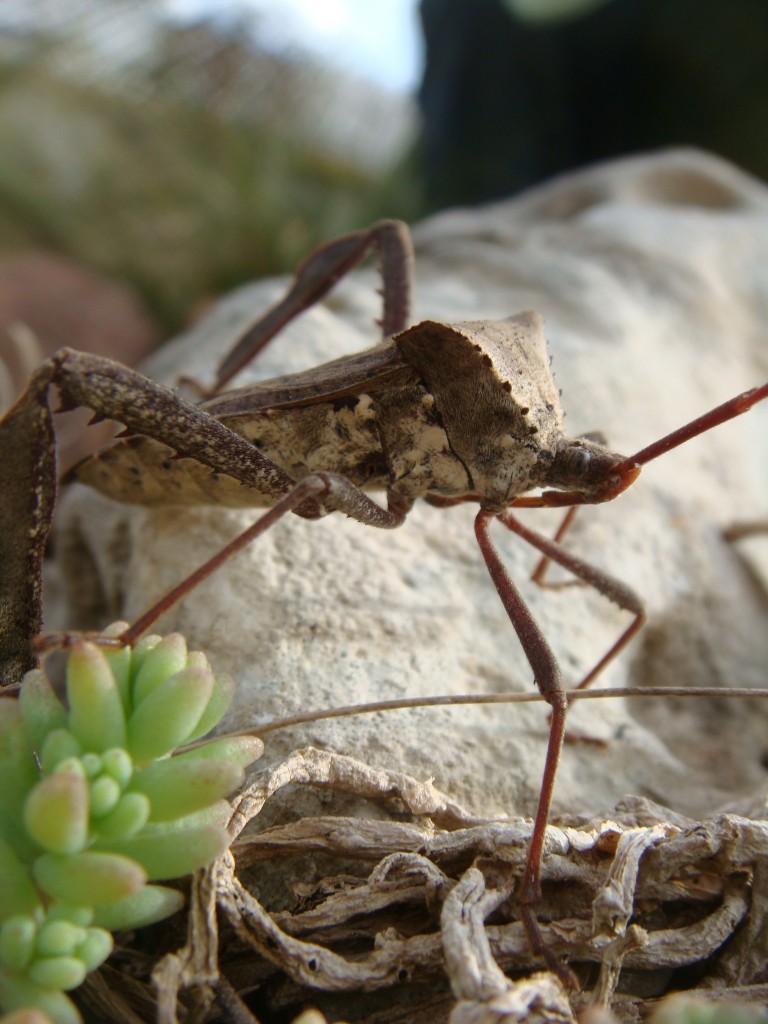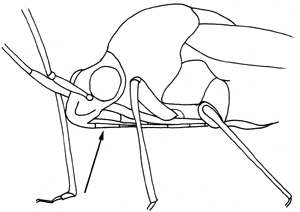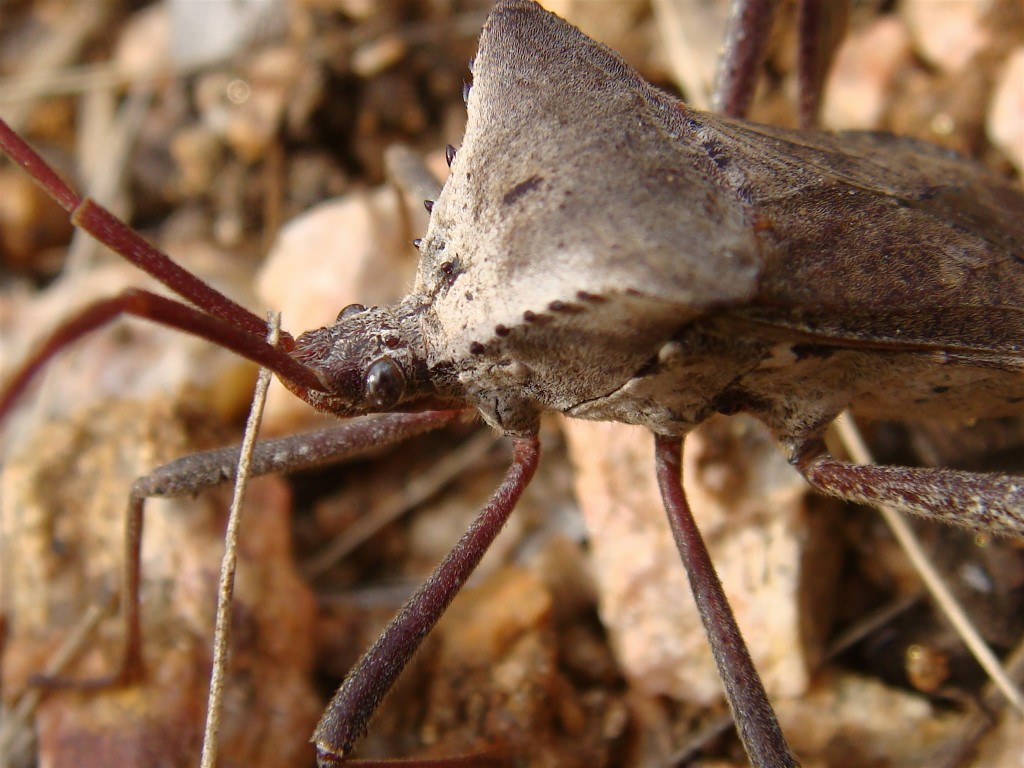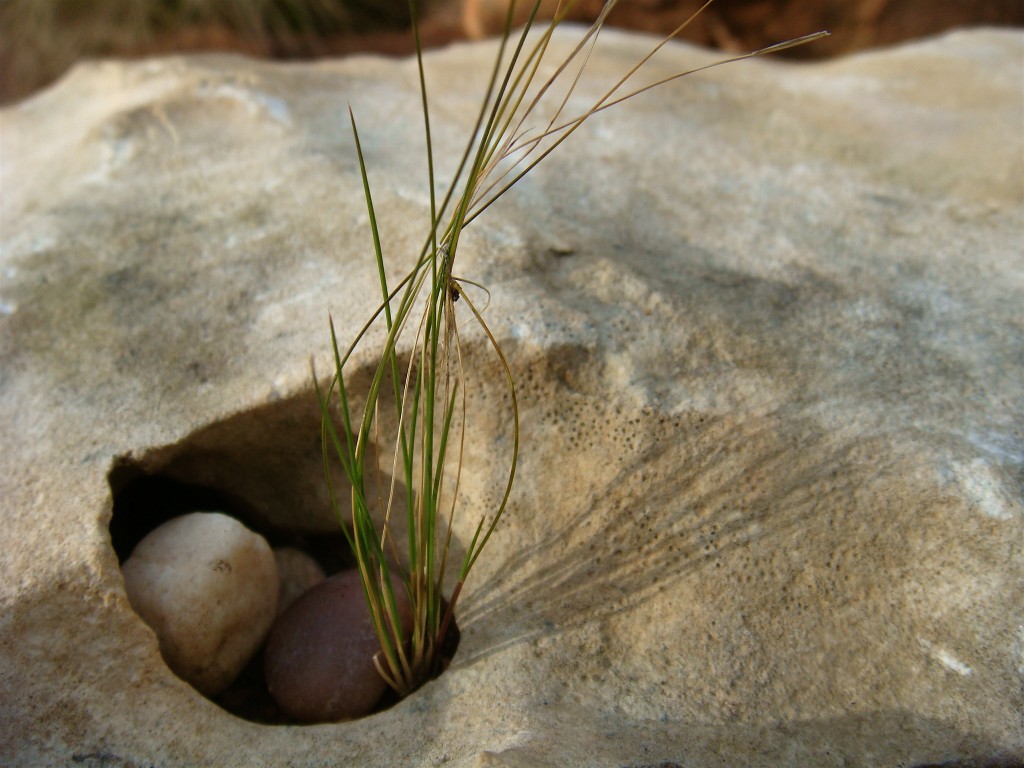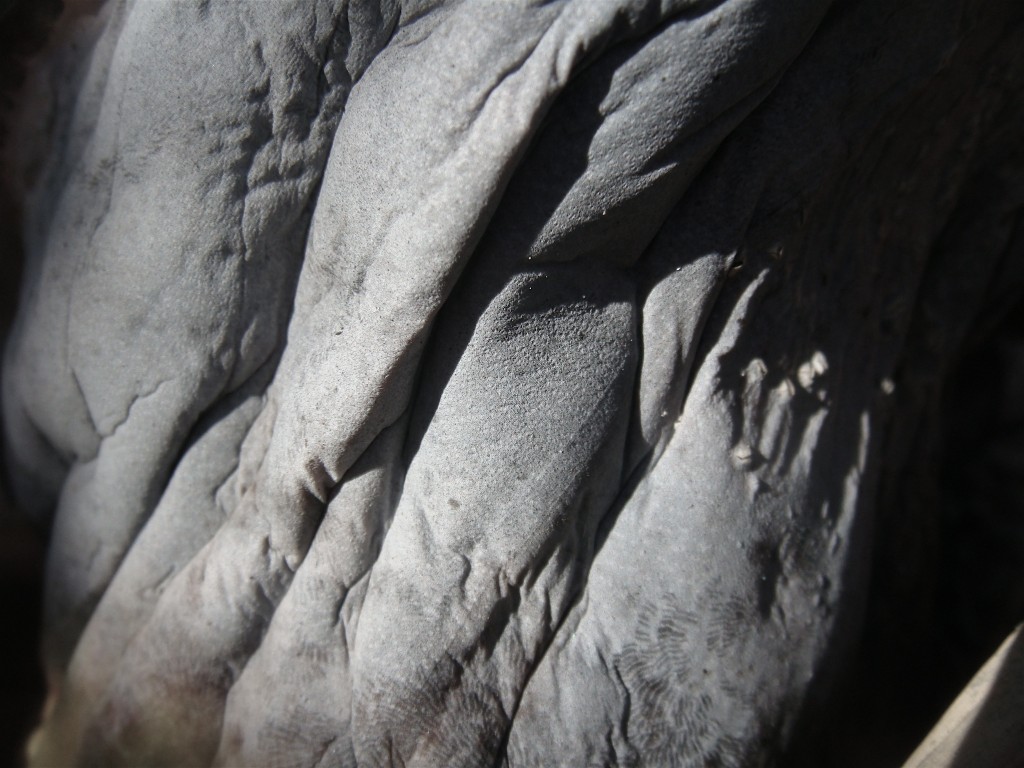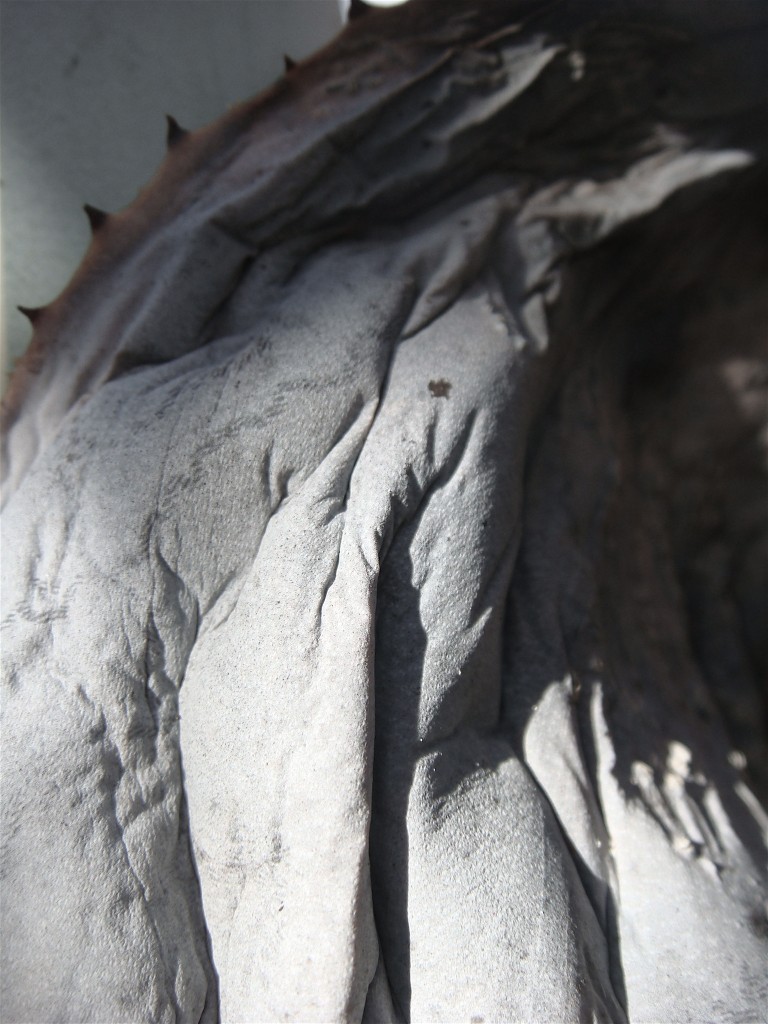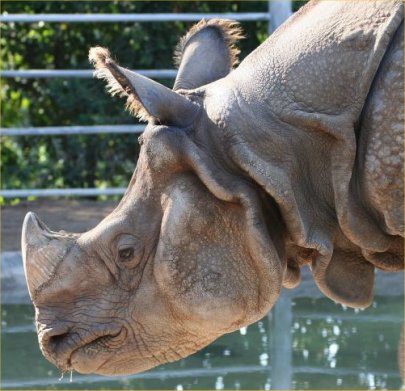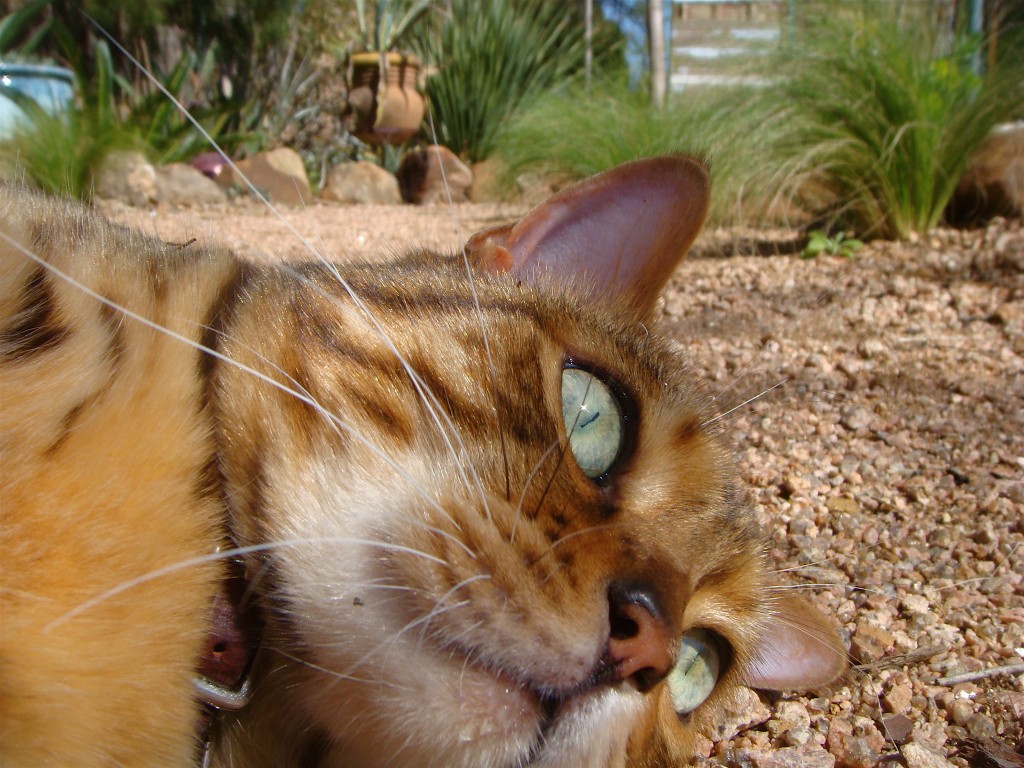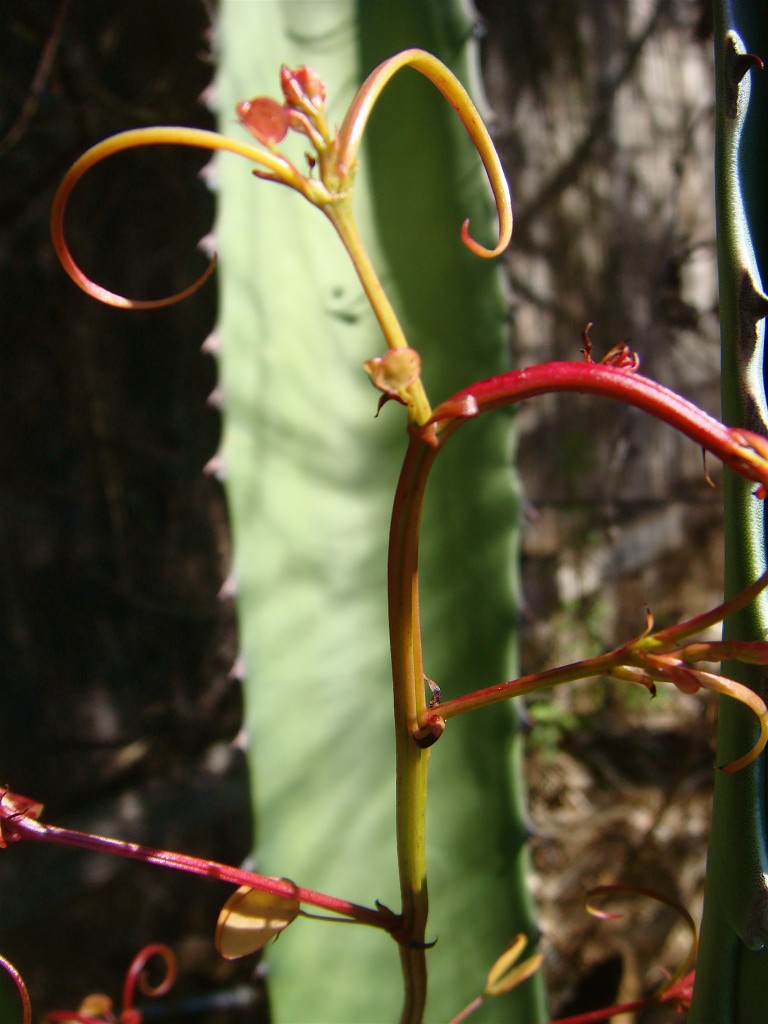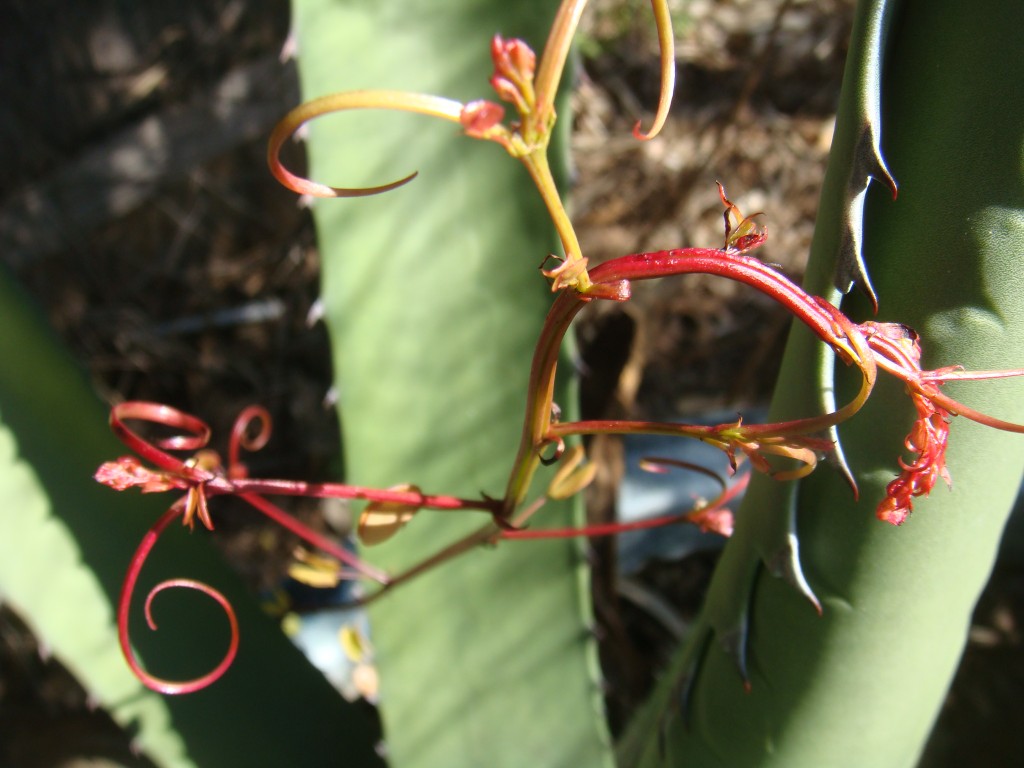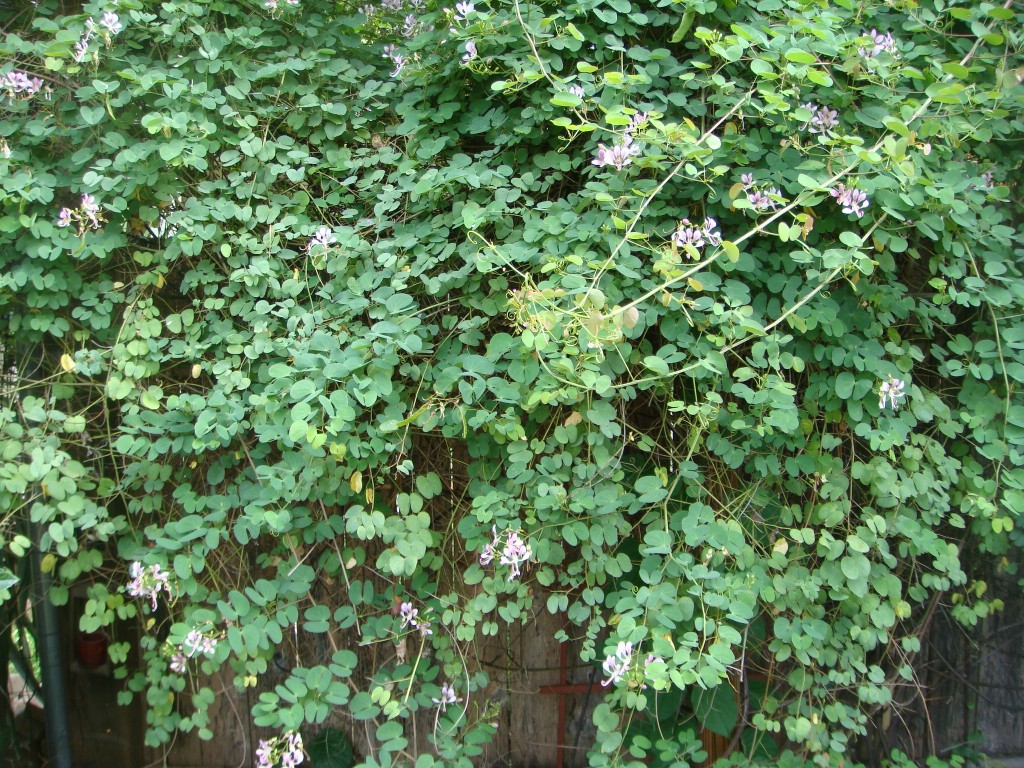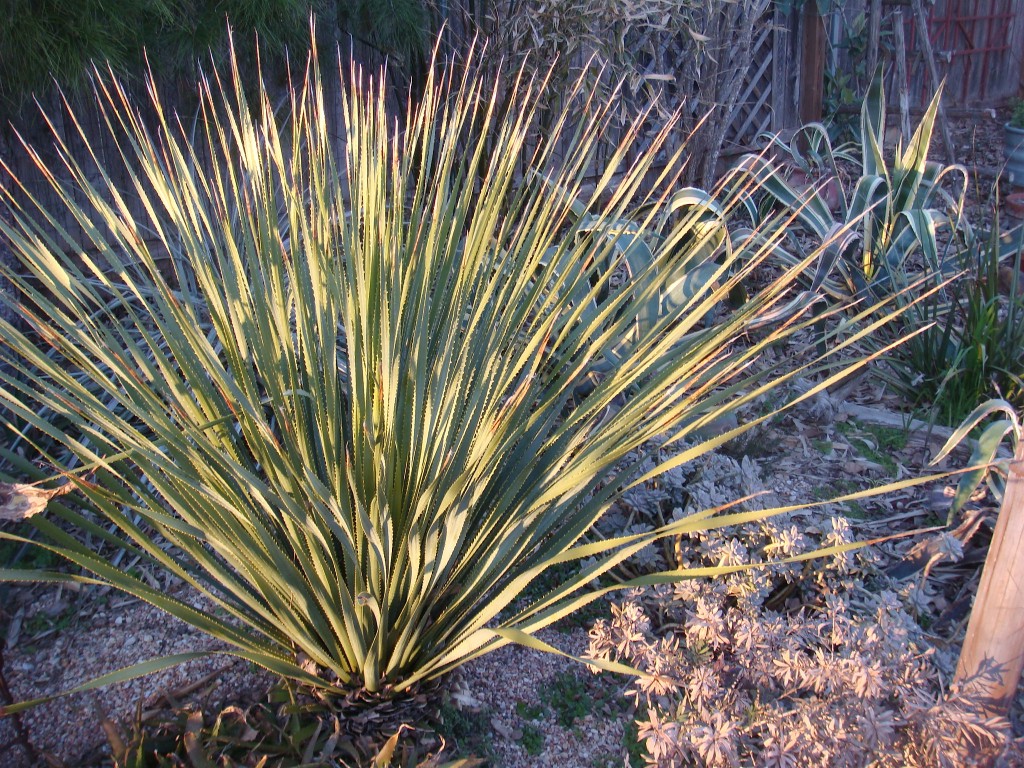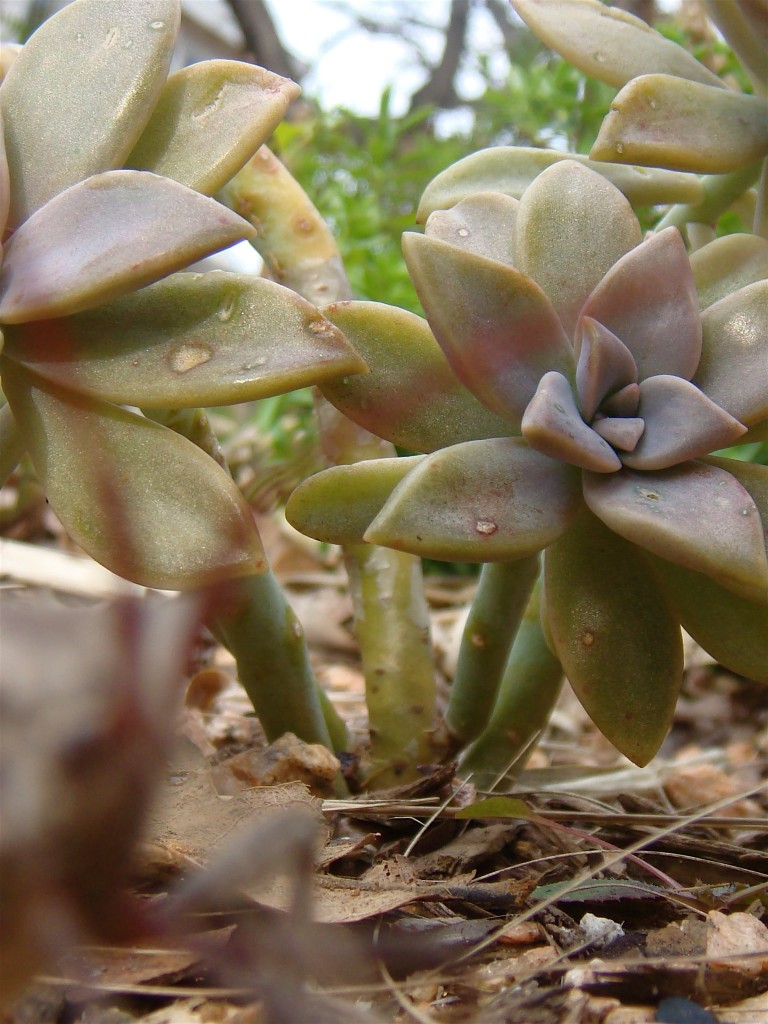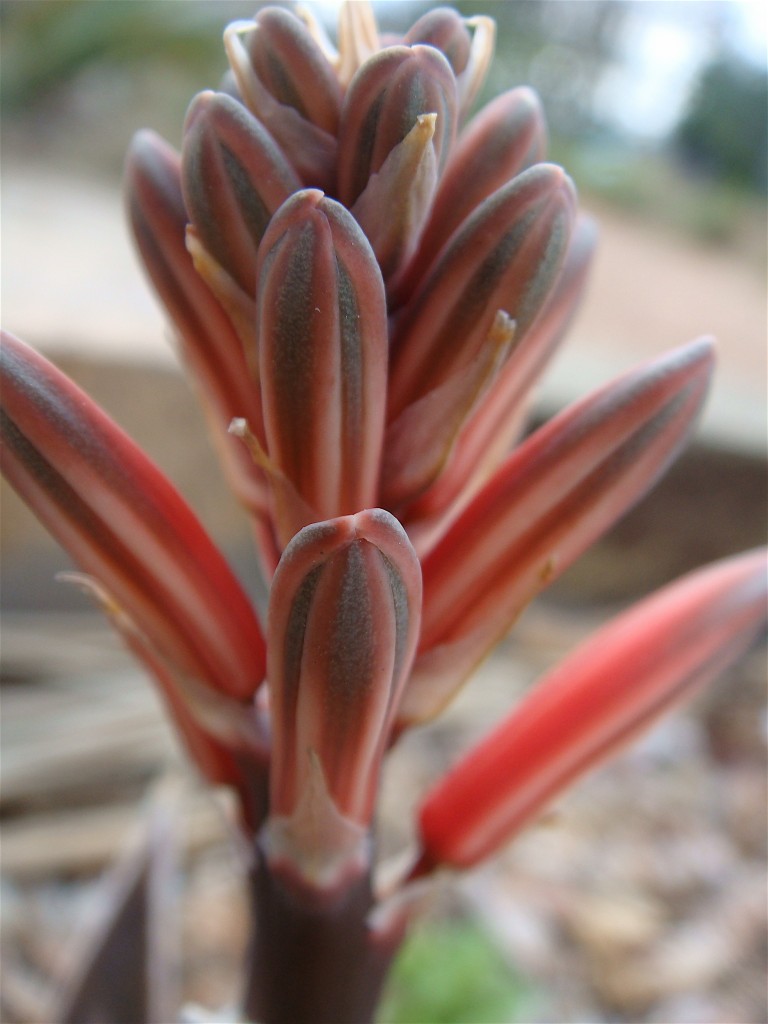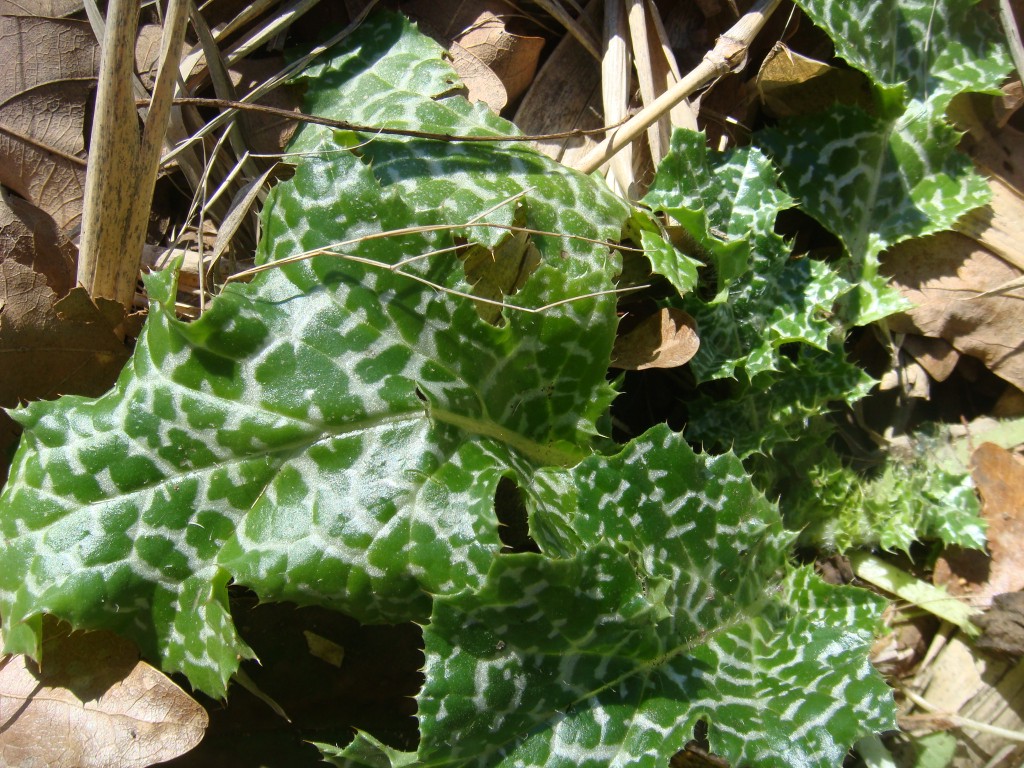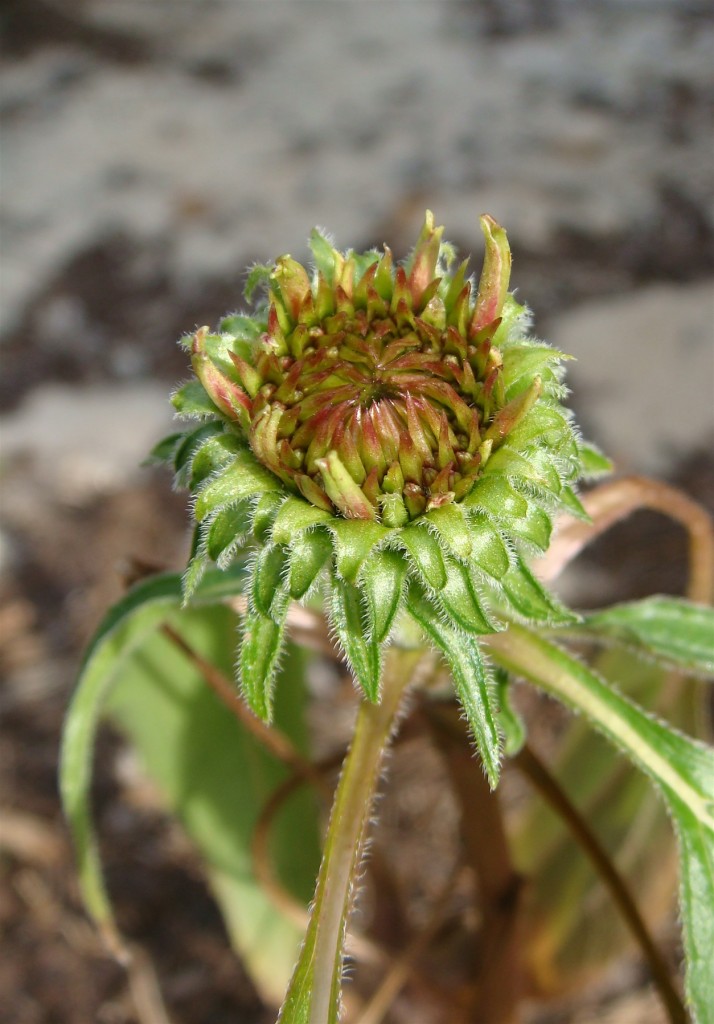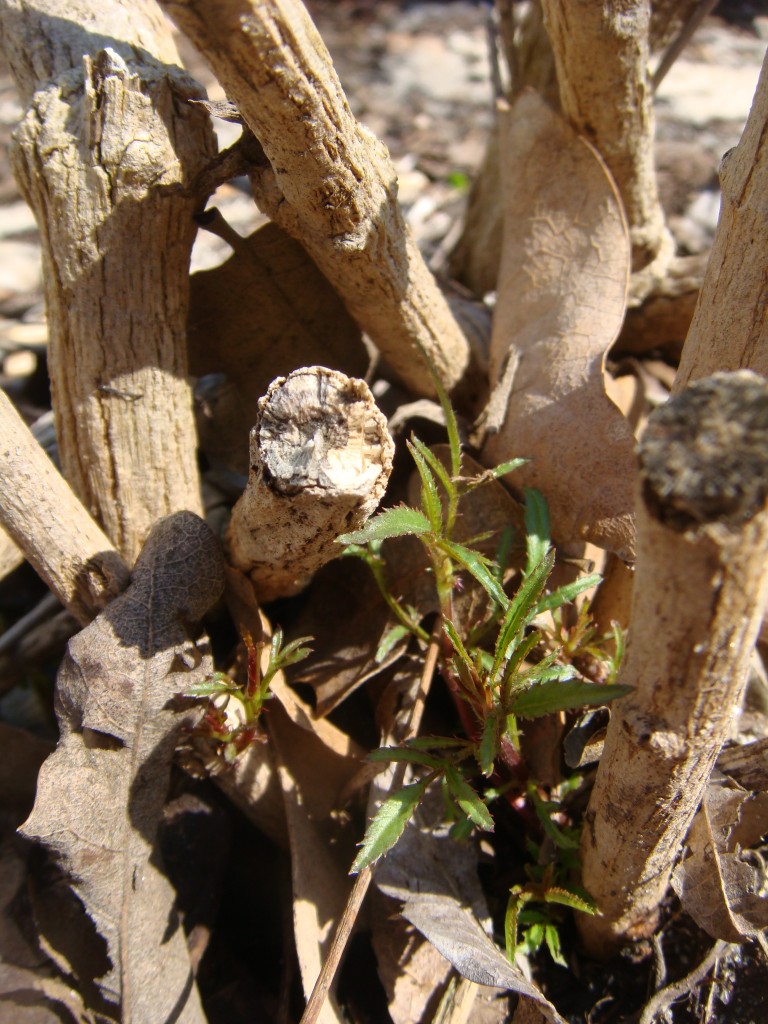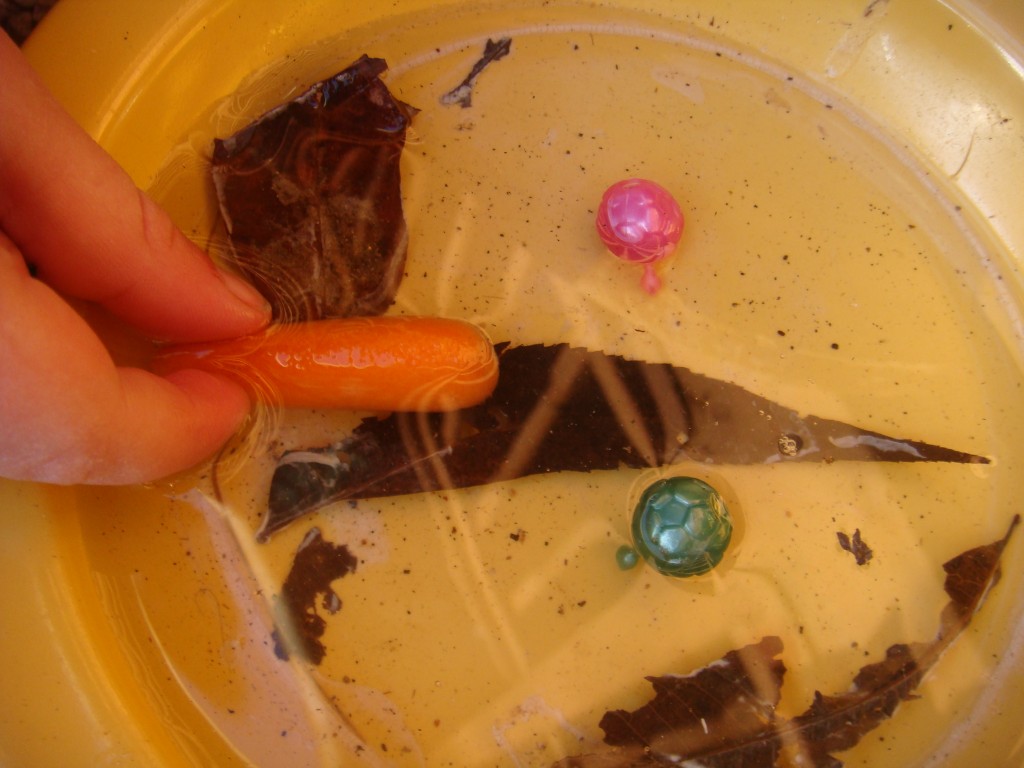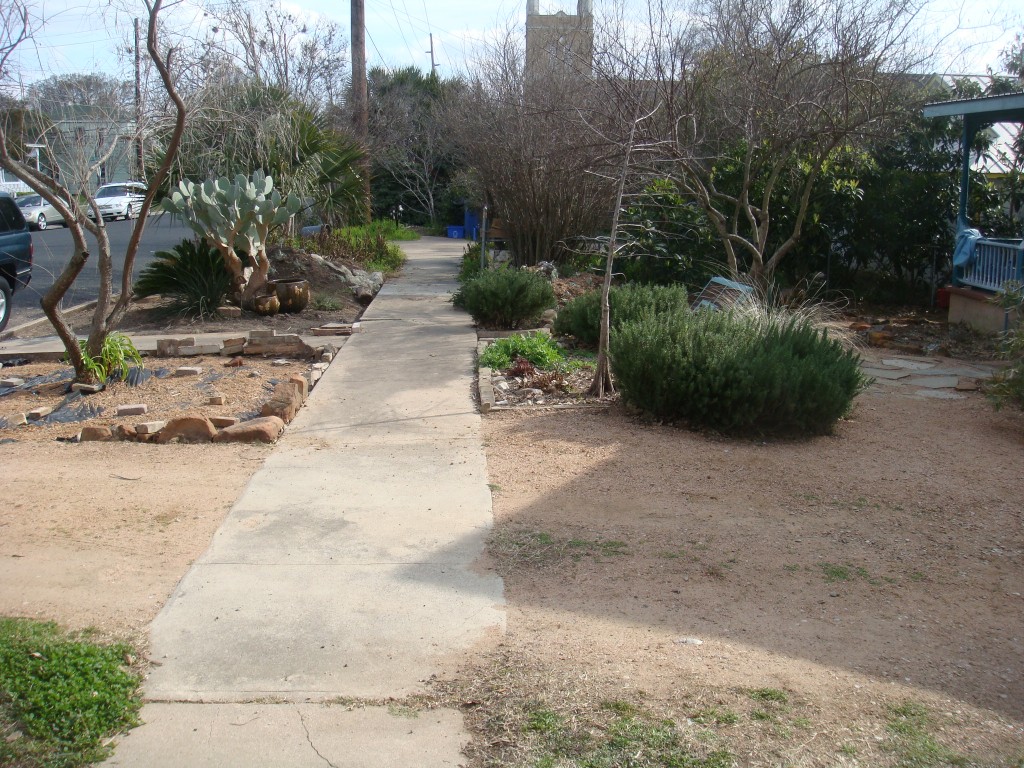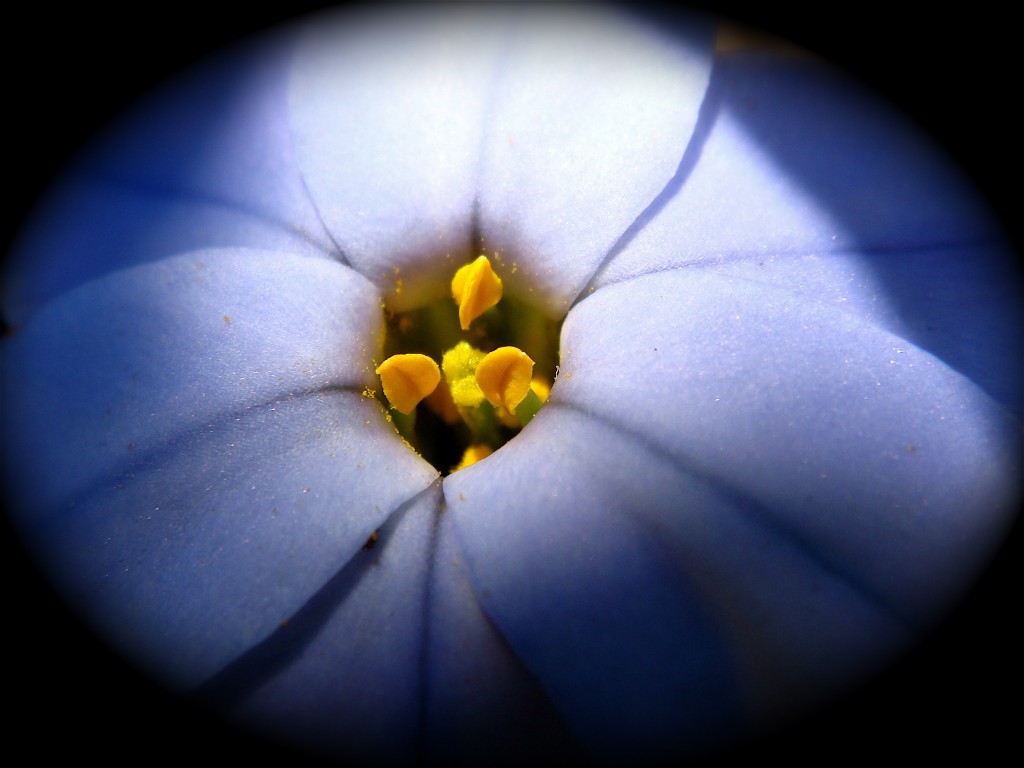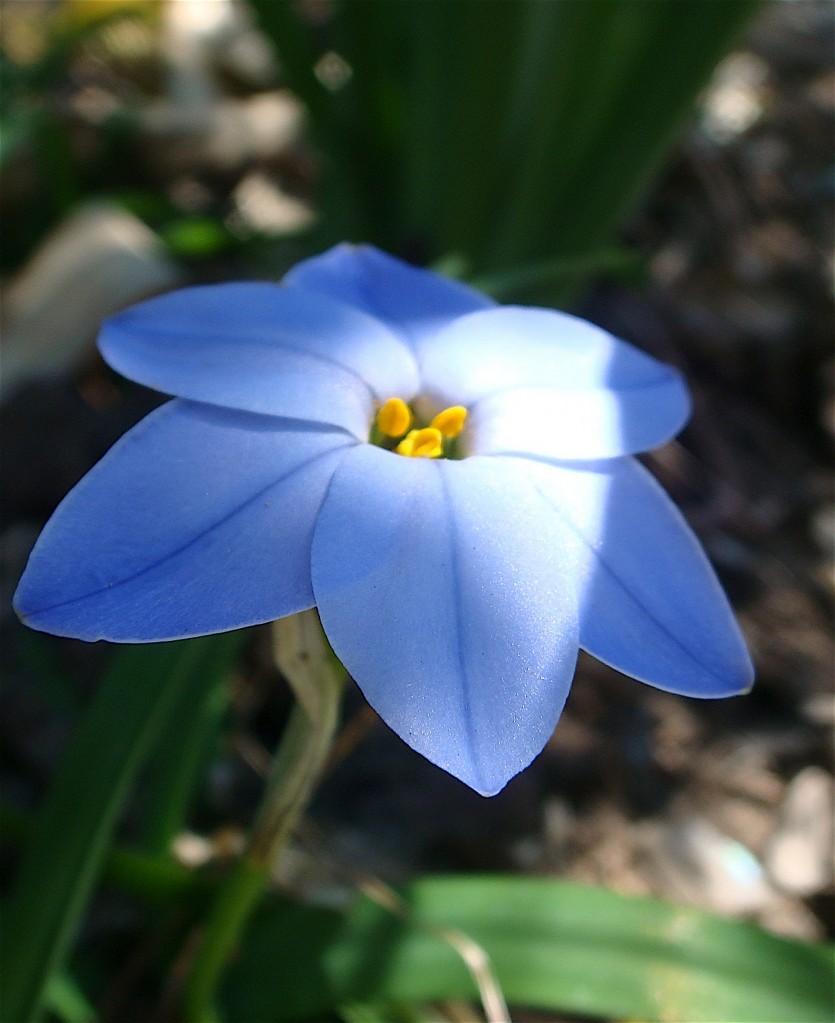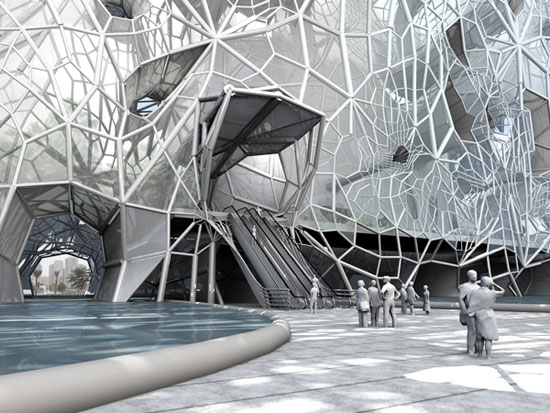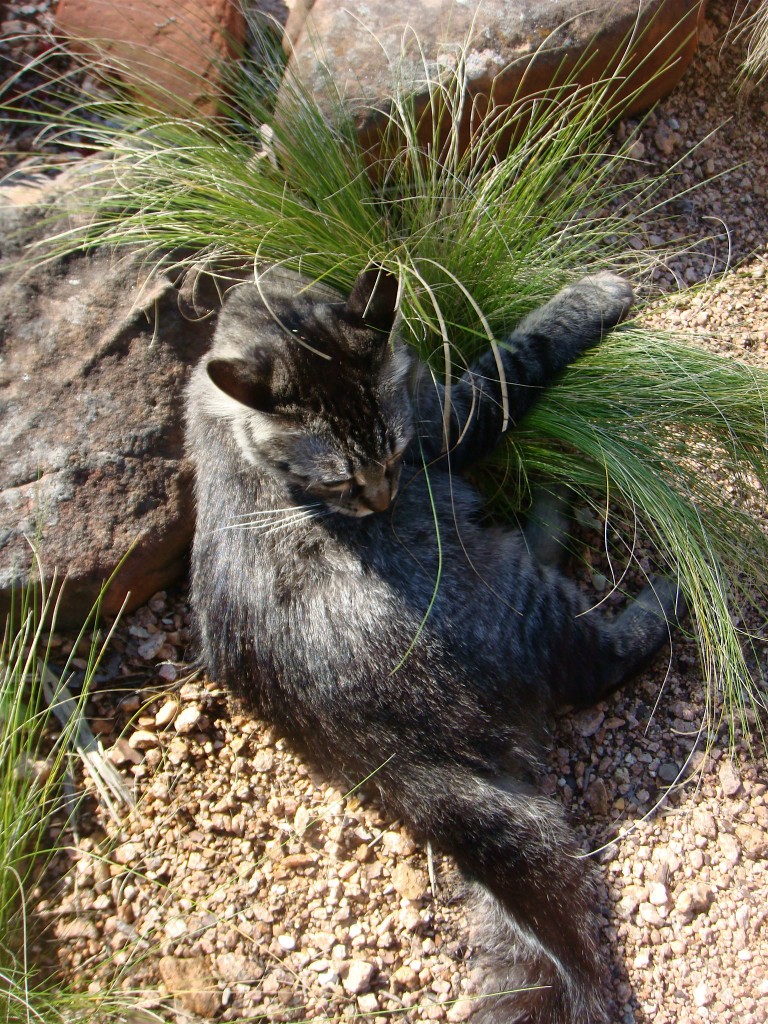
This young feather hugger is totally into the feather grass, it jumps from clump to clump hugging and hiding under it.
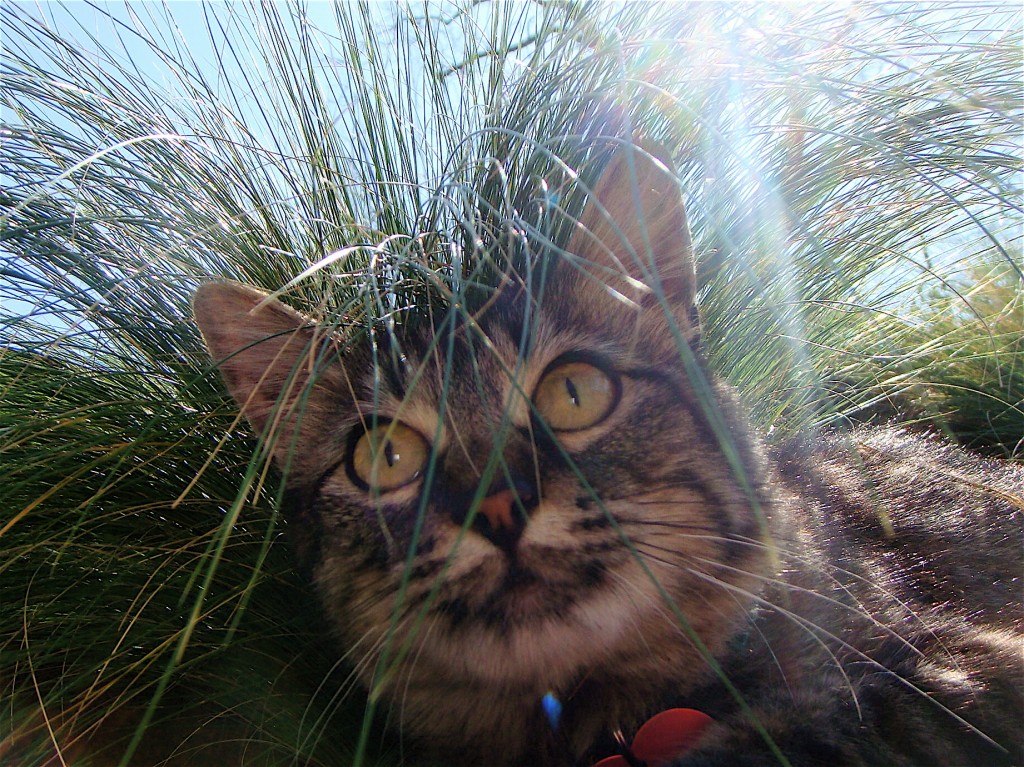
This cat, according to it’s collar, is called “Nina Coconut,” and it seems like it has adopted the Patch as it’s playground, at least for the time being.
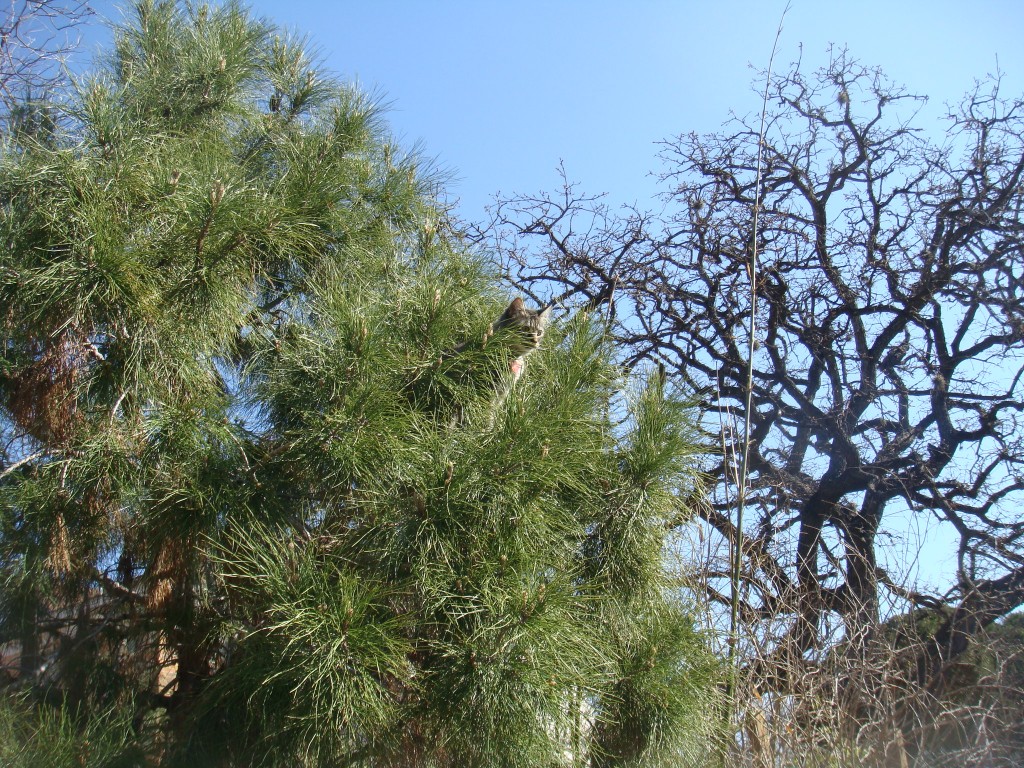
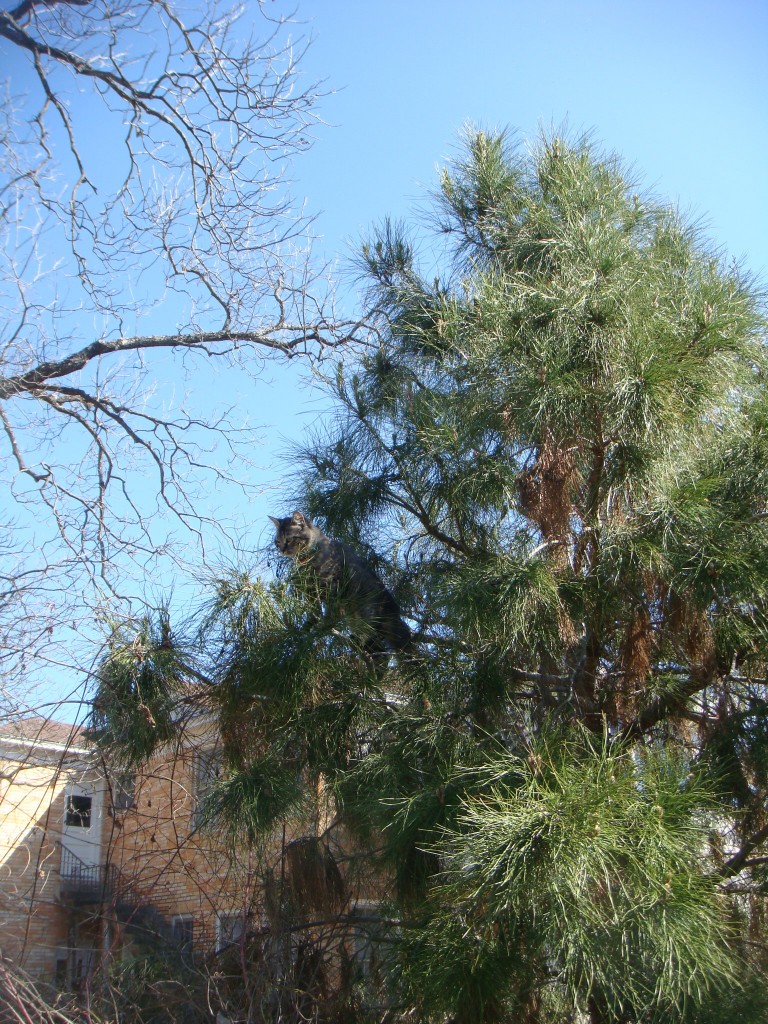 It can also scale my Douglas Fir in seconds to the delight of my youngest hobbit who thinks this is fantastic. It really is quite funny the way it sits on the small branches watching all the goings-on in the Patch with sharp head movements.
It can also scale my Douglas Fir in seconds to the delight of my youngest hobbit who thinks this is fantastic. It really is quite funny the way it sits on the small branches watching all the goings-on in the Patch with sharp head movements.
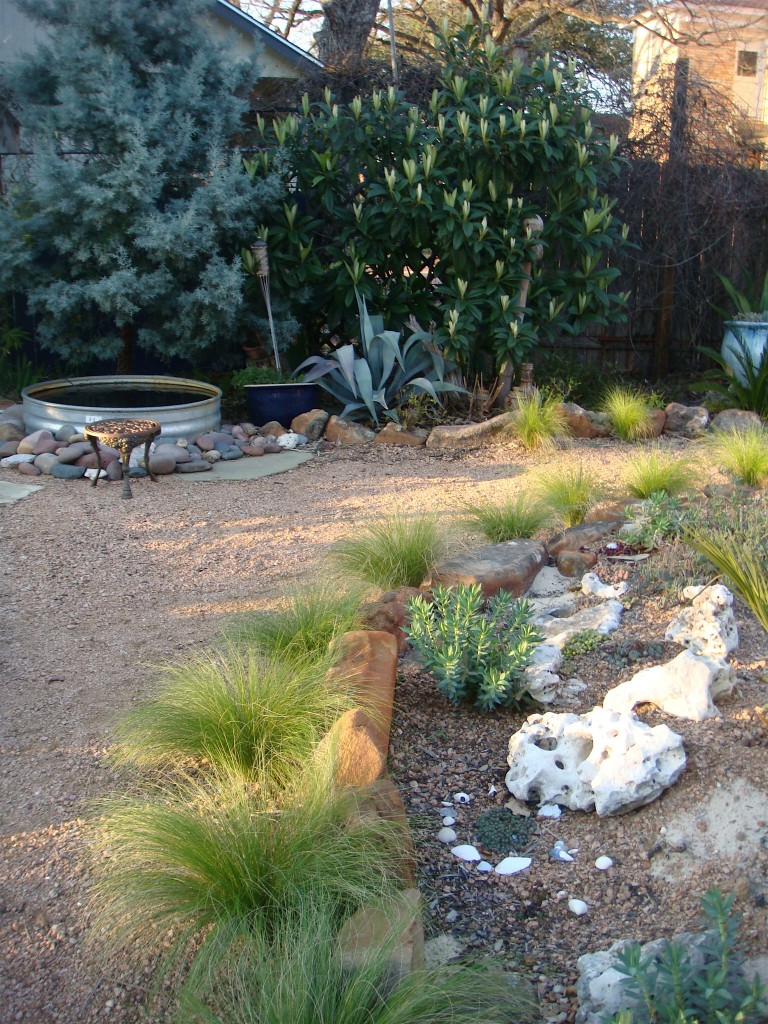
These Mexican feather grasses have supplied me with a good crop of babies that have been transplanted all around my pathways. What I have left should be just enough for my front garden endeavors. The loquats are all having a simultaneous growth spurt right now. The paler green new growth looks great set against the mature darker foliage. The cloud-like Arizona cypress, ‘blue ice’ (left) has aromatic, blue-gray leaves/needles that are flecked with white resin. I love this tree and look forward every year to it developing chocolate brown cones, but so far none have ever materialized. This cypress prefers full sun, and thrives especially well in hot, dry environments like Austin. It has a silvery blue color all year round, I love the way this one looks reflected in my feeder pond. The tree gets up to 50ft tall.
Imagine one of these in a hell-strip, under-planted with a mass of artemisia , now that would be a silver statement!
Talking of the feeder pond, this body of water was recently the venue for the “2010 H S R”.
“Husk Sailing Race”. These bamboo husks with their post oak leaf sails work great, flying across the pond on the slightest of breezes.
“That looks like fun Huck”!
“It sure does Tom.”

I did notice this strange bit of oily something-or-other floating on top of the water, perhaps one of the sailing vessels had developed a leak in it’s fuselage?
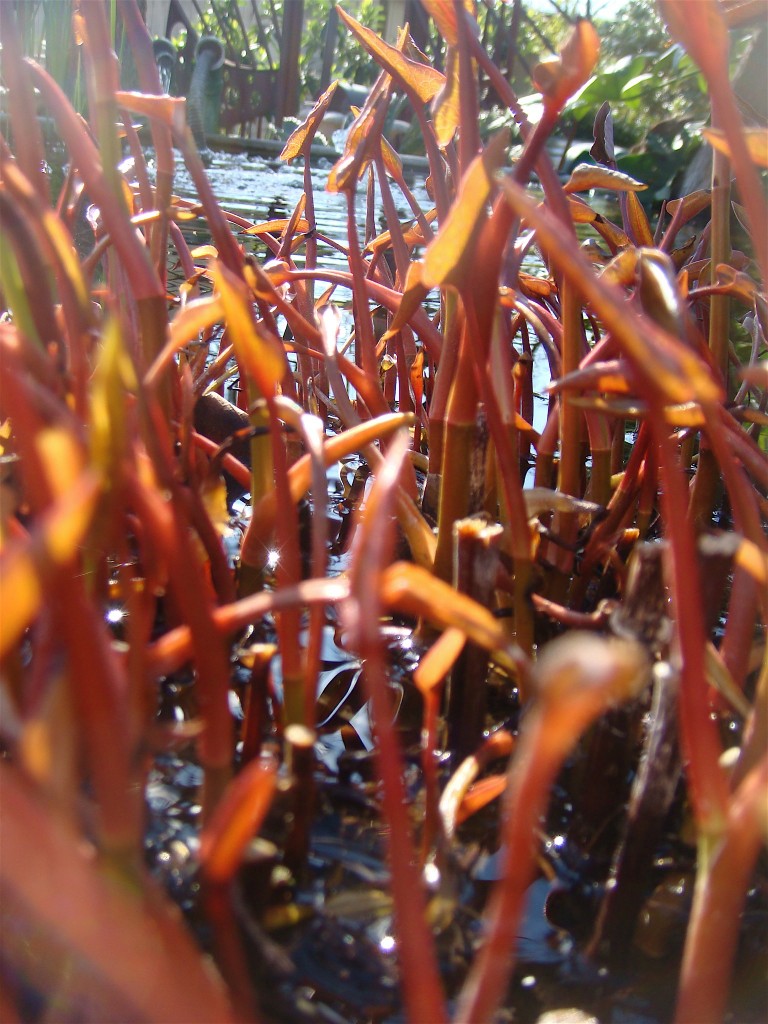 New martian growth in my main pond
New martian growth in my main pond
March Kale Felling:
She planted this Kale when it was about an inch tall, it was barely visible above the soil. Today she used the big-girl snippers and cut it down for dinner. There was an element of sadness associated with cutting it down though, I had to keep telling her that she grew it to eat it, so we all could eat it, she just kept saying…”next week, we will eat it next week.” She had grown quite attached to having it around apparently.
And the light shoneth down on the cut kale and peace and order returned the Patch.
Who am I kidding…naturally the freshly cut kale started an immediate fight…“Its mine!“ “No Its mine!” “Get off”! “Its mine” (Repeat until nerves are completely frayed, and temporary insanity has set in.)
 The kale was made into an Asian noodle dish, and the grower ate so much of it! This was really surprising as it had quite a bitter taste, just goes to show, food always tastes better if you grow it yourself.
The kale was made into an Asian noodle dish, and the grower ate so much of it! This was really surprising as it had quite a bitter taste, just goes to show, food always tastes better if you grow it yourself.
The warmer weather brought out the bees on this blooming rosemary today. He kept insisting that the bees needed a “drinky” from his watering can, which was just an excuse to pour water on a few of them. I grew and wrestled this prostrate rosemary over a cedar carcass while it was young. I am now testing a theory with another young plant to see if this actually forces the plant into a higher growth habit. This one has turned into a monster, it spent the first two years of it’s life braced painfully up on the side of a cedar stump. My theory is that once it has been forced skyward in it’s formative years, it remains like this when mature?
Here is my young test subject…Mohahahaha!
On a closer inspection of the interior I was shocked to find the wreckage of this yellow convertible hung up in it’s interior branches. A Naboo tribal member on a joy-ride perhaps? I couldn’t be sure.

“O,o, makes me so o,o, angry…I did warn them it was a stick-shift.”
Have the tribe succumbed to modern society to the extent that they are now using sports cars to circumnavigate their territorial boundaries? I scoured the ground around the wreck for tiny bodies, but I naturally found nothing. And why the random, angry, Naboo-speaking monkey? I have no idea.
Disturbed, I looked up to see this dwarf conifer blooming it’s very strange flesh colored oddities…this was no comfort.
And finally, (drum roll),
the patch has had a face-lift:
From a flaking white and horrific aqua, to shades of green and brown, oh yes we are all very excited. Spot the hobbit face in the right picture?
The stock tank where the Chevy Tahoe hit will be moved around in front of the now painted electrical boxes (flattened side against the house, naturally)…Well I may as well take advantage of it. I plan to stain the concrete foundation a dark brown to match the window trim. Not quite finished, but it feels so much more Patch-like already!
The containered golden bamboo culms and foliage look amazing set against this green color. An added bonus.
Blast from the Past:
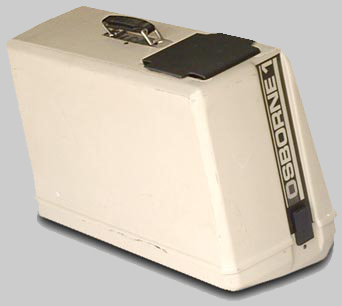
Imagine if we still had to compose our blog content on this?
Released in 1981 by the Osborne Computer Corporation, the Osborne 1 is considered to be the first true portable computer – it closes for protection, and has a carrying handle. It even has an optional battery pack. While quite revolutionary, the Osborne does have its limitations. For example, the screen is only 5″ (diagonal) in size, and can’t display more than 52 characters per line of text. To compensate, you can actually scroll the screen display back and forth with the cursor keys to show lines of text up to 128 characters wide. A little bit like inserting images in WordPress!

Woohoo!

The Osborne was designed with transportation in mind – it had to be rugged and able to survive being moved about. That is one reason that the screen is so small. Designed as a true portable computer system – it can be considered airline carry-on luggage, and it will fit under the passenger seat of any commercial airliner. I love that screen.

I would love to pull out an “Osborne” on a flight, struggle with it, insert the optional battery (you know this would be quite large) and start working on my airline tray. (I wonder if the tray could even take it’s weight)?
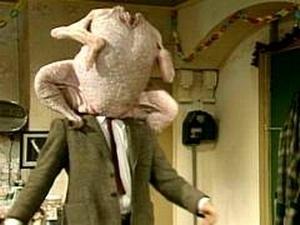
Over-sized headphones and some “work related” head shaking, followed by some repeated insertion/ejection of an old floppy disk would complete the in-flight nonsense. Mr Bean could have a field day with this!
Stay Tuned for:
“Toad in the Hole”
All material © 2010 for eastsidepatch. Unauthorized
intergalactic reproduction strictly prohibited, and
punishable by late (and extremely unpleasant)
14th century planet Earth techniques.
